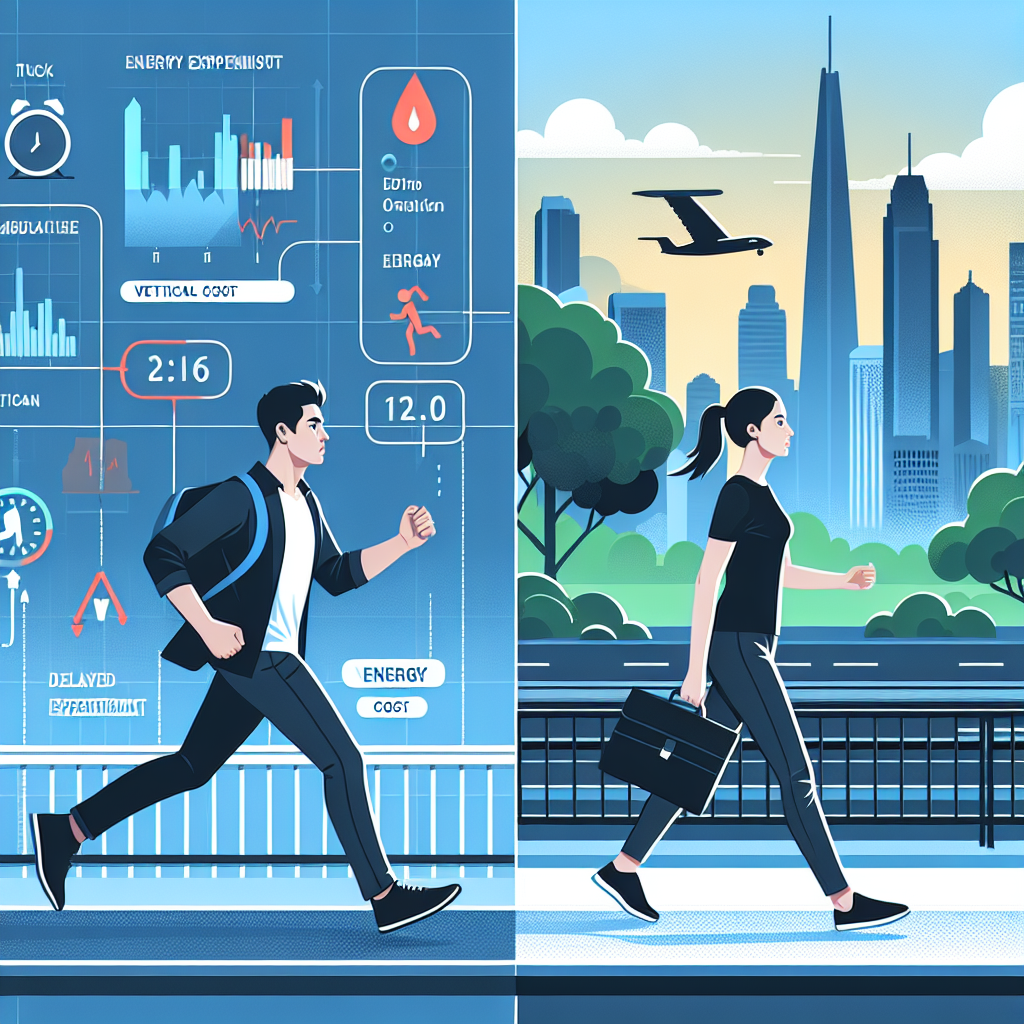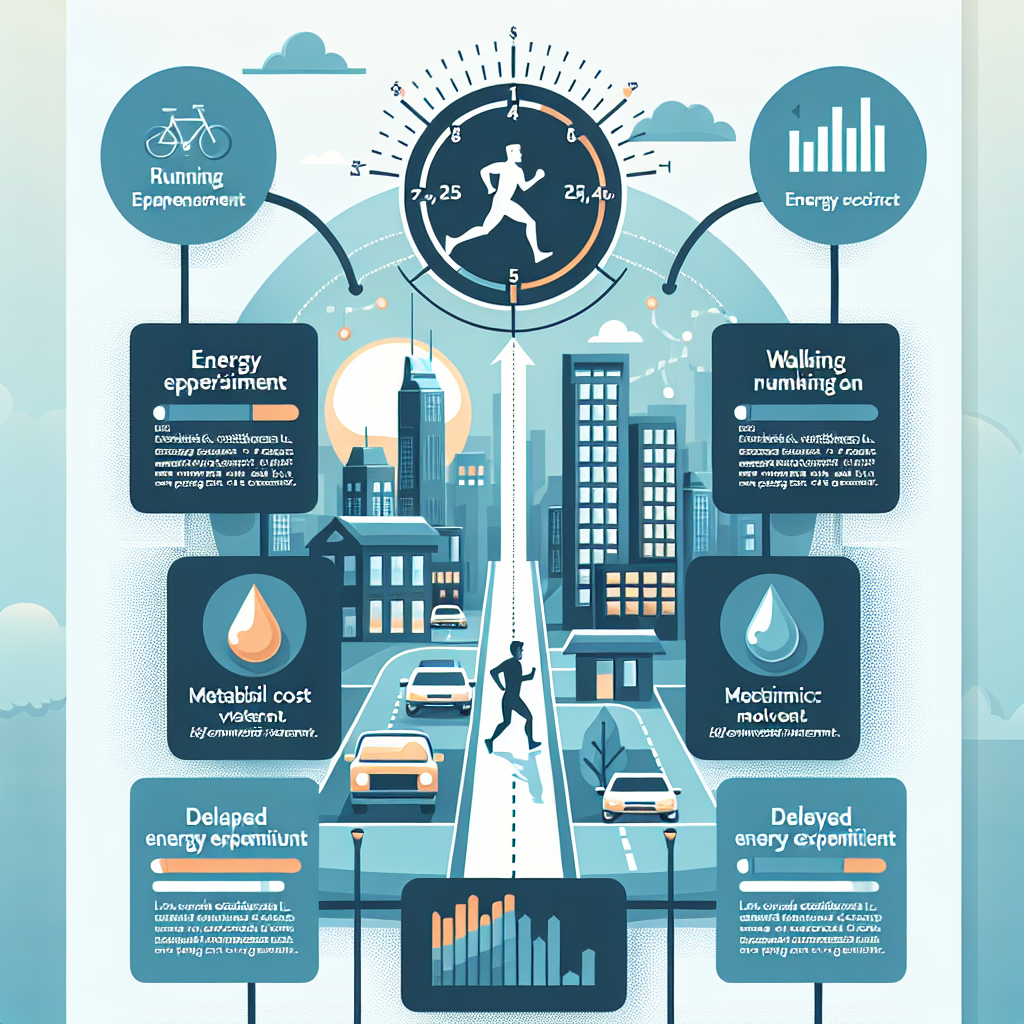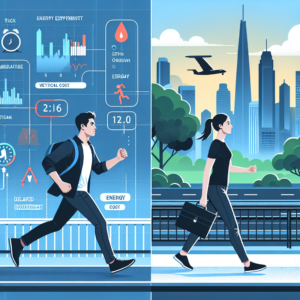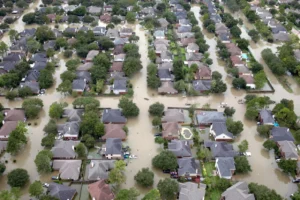Why Running Leaves You More Drained Than Walking the Same Distance: Unveiling the Energy Truth

Why Running to Work Feels More Exhausting Than Walking
It’s Monday morning, the alarm blares, and it’s already 7:30 a.m. – you’re 30 minutes behind schedule. Normally, you need 45 minutes to walk the 3 kilometers to work, but today you’ll be running for 20 minutes. By lunchtime, you’re feeling more exhausted and it seems like you’ve used more energy than usual on the trip. Yet, you’ve covered the same distance as on other days. How can this be?
The energy expenditure associated with any activity is called the “metabolic cost,” which corresponds to the energy our organs consume to cover a given distance. This metabolic cost can be determined by analyzing the oxygen our bodies use and the carbon dioxide they produce. By estimating the amount of energy expended, we can determine the metabolic cost. Researchers answered this question back in the 1970s.
Not surprisingly, running consumes more energy than walking for the same distance. But why?

Energy Lost When Running
Imagine watching someone run. Notice the vertical movement (up and down) of their pelvis and head. When we run, the distance our body moves up and down is greater than when we walk. To produce this vertical movement, the muscles of the lower limbs must generate more force, consuming more energy without bringing us closer to our destination. So, when running, part of the energy is used to move our bodies upward rather than forward. Therefore, the energy needed to cover those 3 km is higher for running than for walking..
Enter For a Chance to win a $100 McDonald’s Gift Card!
Delayed Energy Expenditure
The difference between walking and running isn’t confined to the activity itself. Each physical exercise causes a delayed expenditure of energy, which adds to the energy used during the activity. After running your 3 km, the increased energy consumption (compared to resting) lasts for several minutes, mainly due to the rise in body temperature and the replenishment of energy reserves. This additional expenditure after running is more than twice that observed after walking, due to the difference in intensity between the two exercises.
It All Depends on Speed
Running involves a higher calorie expenditure than walking for the same distance, but this depends on the walking speed. If we walk very slowly, it will take so long to cover the 3 km that the calorie expenditure will be greater in the end. This is because the body uses a certain amount of energy per unit of time regardless of the activity performed (known as the “basal metabolic rate”).
The same applies if the walking speed is very fast (more than 8 km/h): running becomes more energy-efficient. At such speeds, the coordination required to walk means activating our muscles more, without benefiting from the elasticity of our tendons, as we do with running.
Intuitive Energy Efficiency
We have a precise intuitive perception of the energy efficiency of different movements. On a treadmill with gradually increasing speed, the point at which we switch from walking to running coincides with the moment when it would become more energy-consuming to walk than to run.
Conclusion
Due to greater vertical oscillation and increased energy expenditure after exercise, running to work is more energy-intensive than walking the same distance. However, whether you choose to walk or run to work, the most important thing is that you’re already conserving energy!





